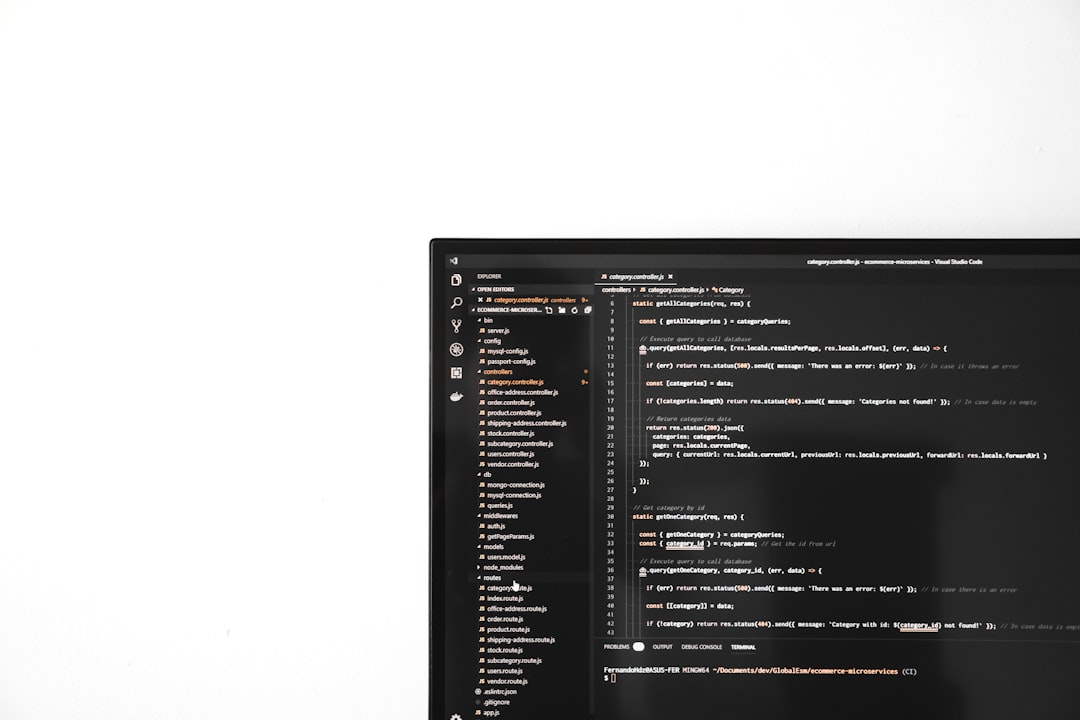Setting up a dual-boot system with both Windows and Linux can be an exciting way to enjoy the best of both worlds. However, dealing with UEFI Secure Boot and getting everything to cooperate at boot time can also be a challenge. This is where the Shim bootloader comes in—helping Linux distributions work harmoniously alongside Windows on systems that require Secure Boot compatibility.
TL;DR:
The Shim bootloader enables Linux distributions to run on UEFI systems that have Secure Boot enabled, making dual-booting with Windows more seamless. Shim works as a first-stage bootloader signed by Microsoft, which bridges the gap between UEFI firmware and Linux bootloaders such as GRUB. This makes it easier for users to boot Linux securely even when Secure Boot cannot be disabled. It’s a vital tool for modern dual-boot setups involving Windows and Linux.
What Is Shim?
Shim is a small, lightweight bootloader originally developed by Red Hat to help Linux distributions boot on UEFI systems with Secure Boot enabled. Since Secure Boot only allows signed binaries to be executed at boot time, most Linux bootloaders would not run without disabling Secure Boot or enrolling custom keys.
Shim resolves this issue by being a Microsoft-signed application that acts as a trusted intermediary. It is usually pre-installed with major Linux distros such as Ubuntu, Fedora, and Debian derivatives when Secure Boot support is available.
How Shim Works in a Dual-Boot Setup
In a typical Secure Boot scenario, the following sequence occurs during boot:
- UEFI firmware verifies digital signatures before executing bootloaders.
- Windows works seamlessly because its bootloader is signed by Microsoft.
- Linux bootloaders (like GRUB) are not recognized by default.
When Shim is introduced into the process, it functions as follows:
- UEFI launches Shim, which is signed and thus accepted.
- Shim then verifies the signature of GRUB or other secondary loaders using its own embedded certificate.
- Once verified, the Linux OS boots normally.
This approach avoids the need to disable Secure Boot or manually enroll third-party keys. Essentially, Shim bridges the trust gap between UEFI and open-source operating systems.
Why Use Shim for Dual-Booting?
- Simplifies Secure Boot compliance: You don’t need to turn off Secure Boot or fiddle with the BIOS.
- Maintains security: Unlike disabling Secure Boot, using Shim keeps your system protected against unsigned malware during pre-OS execution.
- Enhanced compatibility: Most modern Linux distributions come with pre-configured Shim binaries signed by Microsoft.
Steps to Dual-Boot Windows and Linux Using Shim
Below is a generalized guide to setting up a dual-boot system using Shim. Exact steps may vary depending on your distribution, but the core idea remains the same.
1. Prepare Your System
- Ensure Secure Boot is enabled in the BIOS/UEFI settings.
- Backup your data, especially your Windows installation.
- Create space for Linux (shrink the Windows partition if necessary).
2. Download a Shim-Compatible Linux Distro
Choose a distribution that supports Secure Boot natively. Some popular options include:
- Ubuntu
- Fedora
- openSUSE
- Debian (with Secure Boot enabled)
These distros come with a properly signed Shim binary as part of their bootloader setup.
3. Create a Bootable USB Installer
Use a tool like Rufus or balenaEtcher. Make sure you write the ISO in UEFI mode—even if the installer offers a legacy mode, stick to UEFI to preserve Secure Boot compatibility.
4. Begin Installation and Select the Right Bootloader Location
During installation:
- Choose to install GRUB to the EFI System Partition (ESP).
- Your system should automatically detect Shim and set it up appropriately.
- Most UEFI firmware will then list “ubuntu” or the distro name on the boot list, even if the bootloader used is Shim + GRUB.

5. Post-Install Configuration
After installation:
- Reboot the system and enter UEFI boot menu.
- Select the Linux option (often named with the distribution).
- Verify that Secure Boot is still active but Linux boots successfully. This indicates that Shim is functioning correctly as the intermediary.
Troubleshooting: Common Pitfalls With Shim
While Shim generally makes dual-booting more seamless, some users may still face a few hiccups. Here are some common issues and solutions:
“Invalid signature” or Failure to Boot After Installing Linux
This could indicate that the bootloader wasn’t properly signed or that the system’s Secure Boot policy is particularly strict.
- Solution: Manually add the boot entry via your UEFI interface or use the
efibootmgrtool inside a live Linux USB session.
GRUB Doesn’t Show the Windows Option
If GRUB doesn’t detect your Windows installation, it might be due to a missing os-prober or an improperly configured mount point.
- Solution: Run
sudo os-proberand thensudo update-grubon your Linux system to regenerate the boot menu.
System Always Boots into Windows
This occurs when your UEFI prioritizes the Windows bootloader by default.
- Solution: Reorder the boot priority in the BIOS or use
efibootmgrto promote Linux’s Shim entry.

Advanced Use: Custom Shim and MokManager
Shim also supports using custom keys through a tool called MokManager. This is useful if you have a custom kernel or want to build a completely personalized bootchain.
- You can enroll your own Machine Owner Key (MOK).
- This allows you to sign your own GRUB, kernel, or other components.
Although this is more advanced and often unnecessary for general users, it showcases the flexibility Shim provides to enthusiasts and enterprise users alike.
Security Implications
One of the benefits of using Shim over simply disabling Secure Boot is the maintenance of early-boot security. Secure Boot was originally created to prevent rootkits and boot-level malware.
Shim maintains this principle by only launching verified bootloaders and kernels. For businesses or privacy-conscious users, this adds an extra layer of trust and helps ensure system integrity from the first instruction executed.
Conclusion: Shim Makes Dual-Booting Safer and Simpler
In today’s computing environment, security and flexibility don’t have to be mutually exclusive. Shim makes it possible to run Linux alongside Windows on Secure Boot systems without sacrificing security or jumping through complicated technical hoops.
Whether you’re a curious Linux beginner or a veteran administrator setting up a multi-boot workstation, Shim provides a practical and elegant solution to the UEFI Secure Boot puzzle. Knowing how it works—and how to use it effectively—can save hours of frustration and help you get the most out of both Windows and Linux.